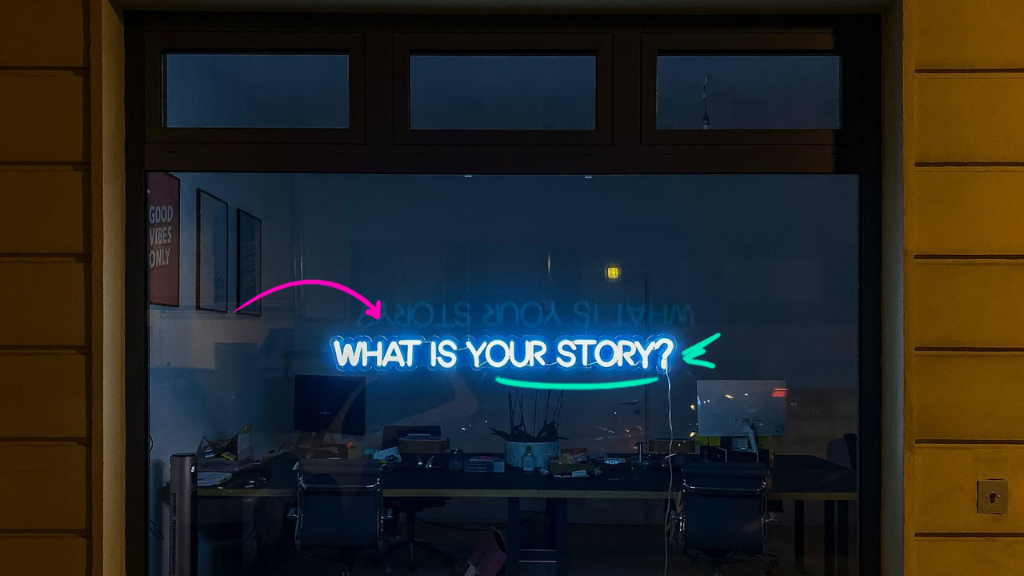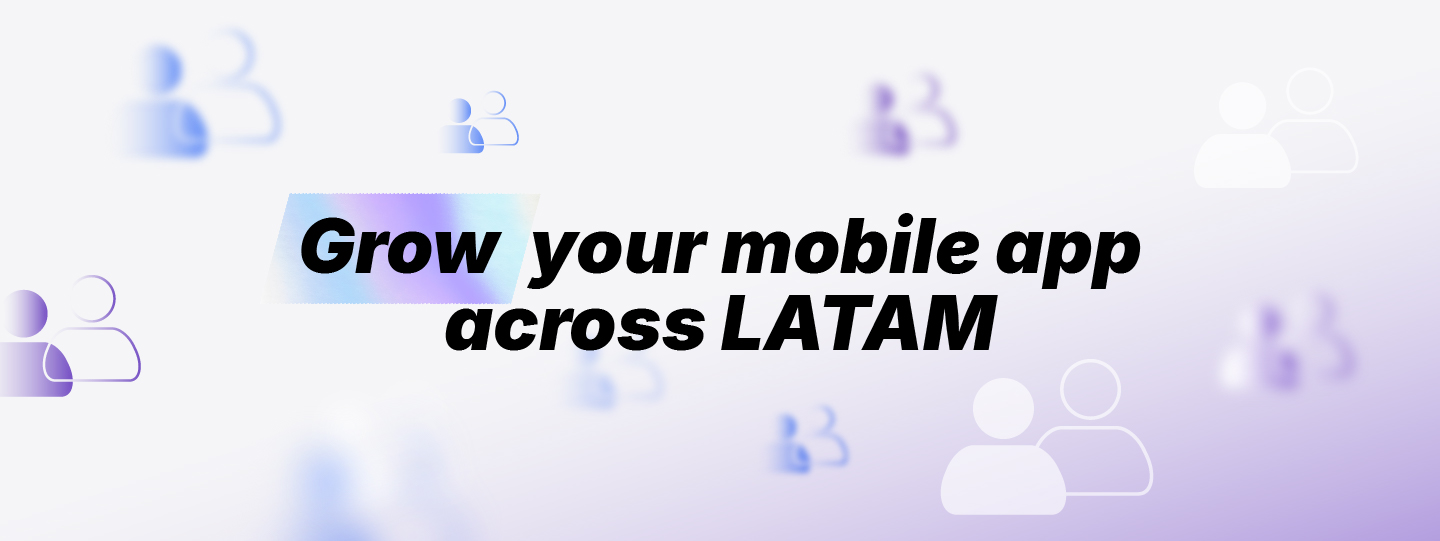
Storytelling is not a new concept the act of storytelling is perhaps as old as humanity itself. However, it is an effective method of engaging users and standing out amidst the daily bombardment of information and the short attention span we devote to content. People are looking for content increasingly deeper and more personalized, yet still easy to consume.
The human attention span or concentration span has been greatly diminishing in the last decade, in fact, according to a recent study by Wyzowl, the human "attention span" is already shorter than that of a goldfish. This is why short videos of less than 2 minutes, or animated images like GIFs, grab users' attention so much.
With this data in mind, marketers need to create methods to optimize content, especially written content which is the most difficult to consume completely. That's why, in addition to SEO-optimized writing and UX Writing methods, Storytelling is also at the heart of online content production strategies
As we have already mentioned, storytelling can be applied in virtually all types of media, and this includes apps as well.
The user conversion rate of an app is very important data to identify whether an app is succeeding in convincing users to download it or not, but what good would a huge user base be if users don't interact with your app?
The engagement of users in an app directly impacts the retention rates, because the tendency to uninstall a little-used app is very high, and the longer this low engagement lasts, the more this tendency increases.
Here are some ideas on how your app can use storytelling to entertain and engage your users, increasing engagement:
Does your app use chatbots to talk to users and answer questions, or refer them to customer service?
Chatbots are automation tools that can help a lot in the relationship with your users unless the experience generated by the bot is negative.
To avoid this, create a fun bot! A character, has a name, an image, and a specific voice.
If you need to ask for information from the user, make your bot explain why, besides explaining each step of the journey with the user, delimit the expectations of what it can do for your customer, besides giving clear instructions and speeding up the service and contact with the real team of attendants in case it is not possible to solve the demands in this channel.
Your brand doesn't have just one point of contact with your customers/users. Ideally, your brand's tone of voice is consistent across all communication channels, and that includes your app.
If your brand already builds recurring storytelling with your users through other channels, it's important to bring that tone of voice to what will be shared within your app.
This topic relates to the one above, you can use storytelling to create interesting interactions for your users through promotion ads, mobile push notifications, and pop-up ads.
In this case, the space for communication will usually be small, and your user's attention span will be minimal, so focus on short sentences that converse with the other content and images you use, and that easily explain what your ad or notification is intended to deliver to your user.
Previously, we talked about strategies that can improve your app onboarding, and one of the methods is storytelling.
During your onboarding, you can take the opportunity to show the user your best tools and the solutions your app brings, while also taking that user to the beginning of their journey with your product.
At this moment, you can introduce the user to your company's tone of voice, if there are "characters" they need to meet (for example, your chatbot or your solution's artificial intelligence), as well as tell them a bit about what they will be able to do with your app, aligning expectations.
Research and get to know your users, what are their common characteristics? To personalize your content, creating personas can come in handy to facilitate your writing and storytelling. If you know who you are talking to, it is easier to personalize what is being said and get closer to your users.
Your users want to know if you know what you're talking about, but they don't want to read technical jargon and feel like they're talking to a doctor of rocket engineering. Humanize your technical explanations and give real examples from everyday life, this will grab your user's attention much more, and make the informative content easier to consume.
If you are going to use storytelling in your content, it must have a purpose. The story must be specific to your audience (persona), and to what you intend to inform or sell with it. There's no point in taking too many turns telling something that doesn't connect with your main goal, because no matter how funny or well-written it is, you may lose readers on the way.
In storytelling, there are several types of narrative structures (linear narrative, non-linear narrative, hero's journey, etc.), and the one that works best for a story depends on the audience you're trying to reach. So know and think about your persona and its core theme, and especially your brand tone of voice, before deciding how you want to structure your content so that it is easy to consume.
Do your users engage more with videos or images than with text and blog posts?
Invest in creating good scripts and creative narratives for these types of media, look into creating animated advertisements and pop-ups like GIFs, for example. To better understand what works with your audience, you can conduct A/B tests with different types of creative content to check the reception of the audience.
Remember the SEO rules for the scannability of text and static images, use short topics and paragraphs, and rely on images to grab the reader's attention.
Now that you know how to optimize your storytelling to bring better creatives and content to your users, don't forget that your storytelling strategy can also benefit your app!
If you'd like to tell us how you do this and how we can help you with your mobile strategies, please contact us. Rocket Lab is here to help you!
.png)
Published Dec, 23, 2025
